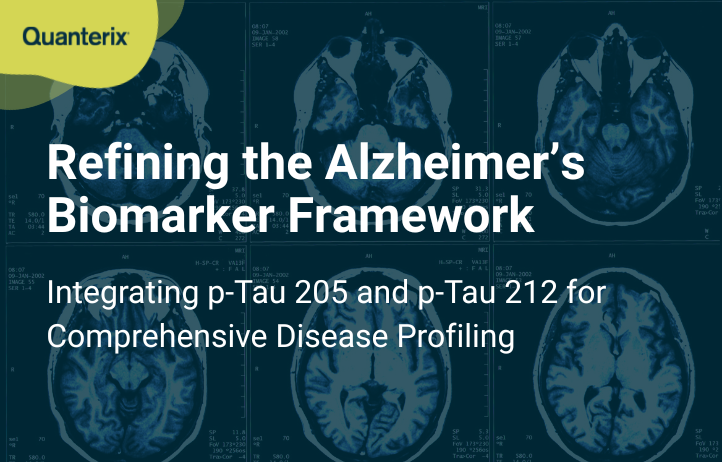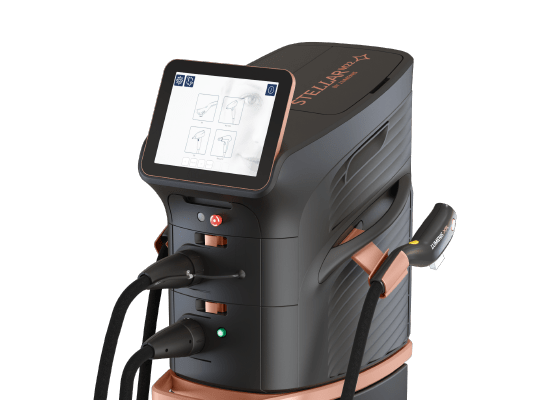Quanterix’s launch of the novel p-Tau 205 and p-Tau 212 assays represents a significant leap forward in the field of Alzheimer’s disease research, providing scientists with next-generation tools for detecting tau pathology with unprecedented sensitivity and specificity. Built on the company’s ultra-sensitive Simoa® platform, these assays allow for precise quantification of two key phosphorylation sites that are increasingly recognized as crucial indicators of early and progressive stages of Alzheimer’s. Their availability expands the biomarker arsenal needed to better understand disease progression, monitor treatment response, and refine patient stratification in both clinical and research settings.
The addition of these assays also reflects the growing demand for fluid-based biomarkers that can complement or even substitute for more invasive or costly neuroimaging techniques. The ability to detect subtle changes in phosphorylated tau proteins from blood samples opens new possibilities for early diagnosis, longitudinal monitoring, and non-invasive clinical trial endpoints-especially as the field shifts toward proactive, personalized approaches to neurodegenerative diseases. Moreover, Quanterix’s CLIA-certified Accelerator Lab offers flexibility for researchers and developers to access these tools through validated testing services or integrate them into their own workflows using HD-X or SR-X systems.
Looking ahead, the integration of these assays with Quanterix’s broader multi-omic strategy, including spatial proteomics via the recent acquisition of Akoya Biosciences, sets the stage for a more holistic understanding of neurobiology. By bridging soluble protein biomarkers with spatial tissue context, Quanterix is positioning itself as a leader in precision diagnostics not only for neurology but also across oncology and immunology. The p-Tau 205 and 212 assays, launched at AAIC 2025, mark a pivotal step toward transforming Alzheimer’s research into actionable clinical insight-accelerating the pathway from discovery to disease-modifying treatments.

























